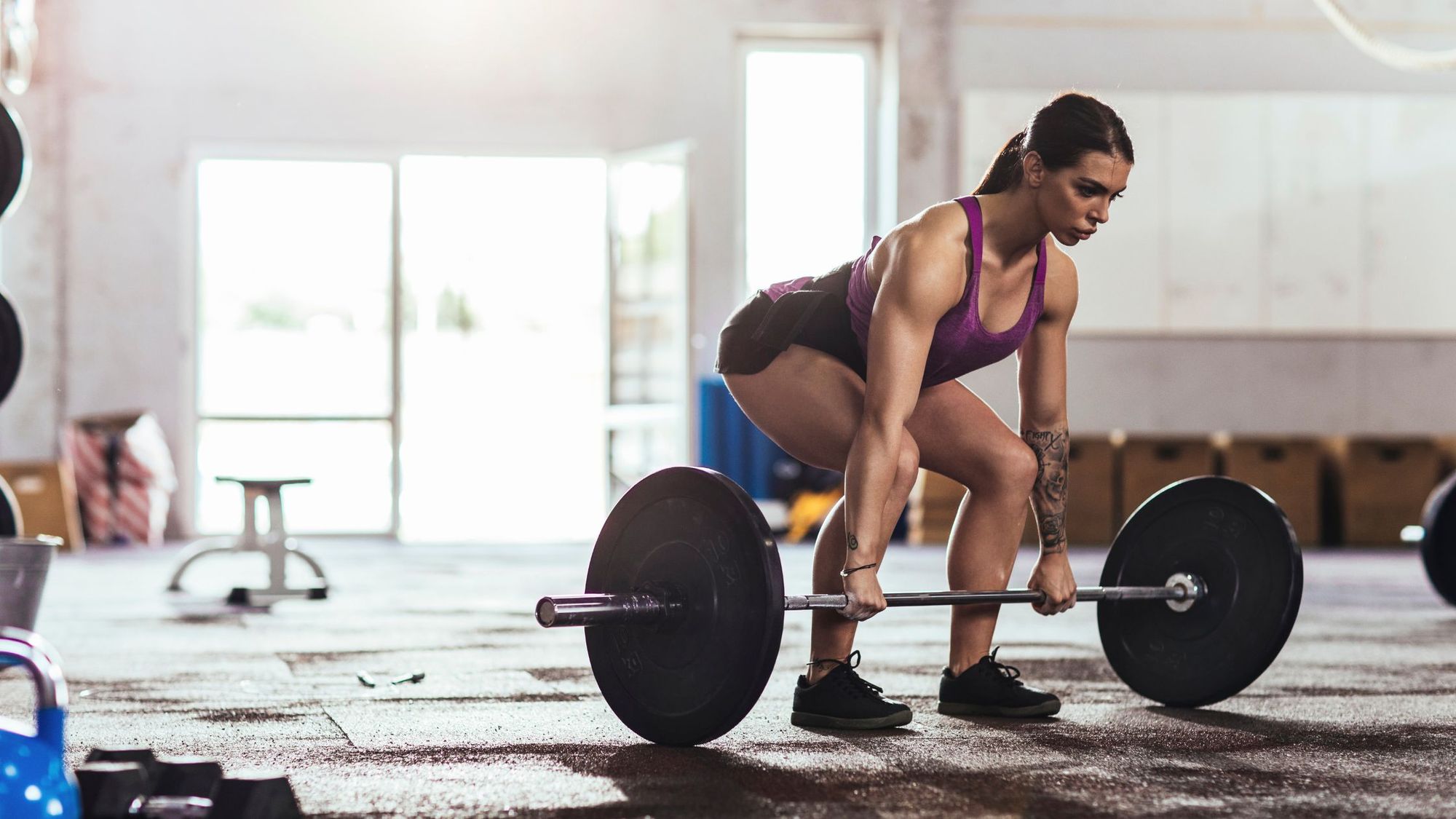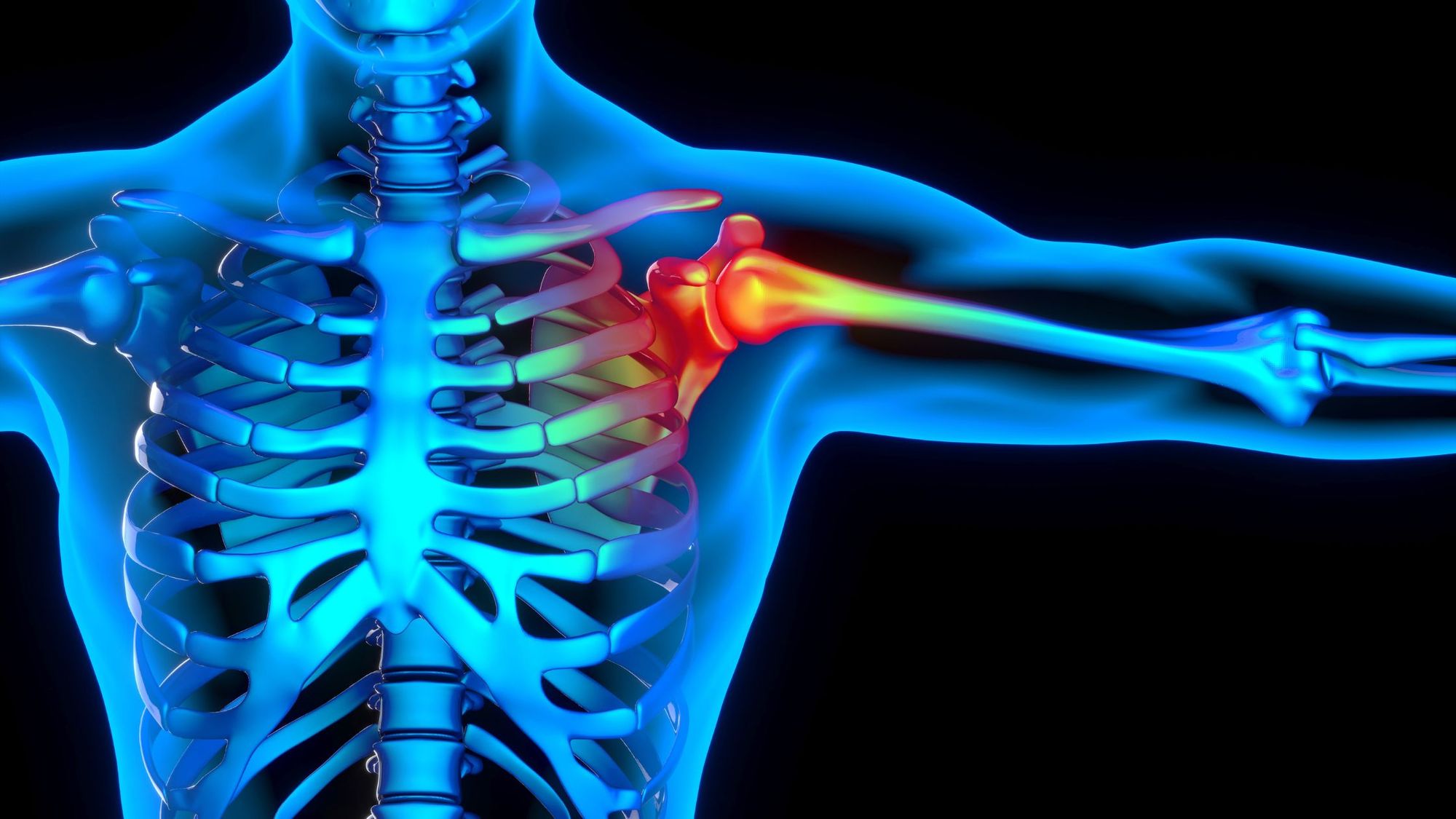
Weightlifting has increased steadily in popularity since the 1980s, and we are continually discovering new benefits of weightlifting. If you’re trying to get stronger, lose weight and get healthier, regular weightlifting might be the approach that makes all the difference.
Weightlifting is sometimes also referred to as ‘strength training’ or ‘resistance training’. It involves pushing or pulling your body against some form of resistance. Strength training comes in many forms and can be done with the use of weights like dumbbells or barbells, resistance bands or cable machines. If for whatever reason you can’t make it into a gym, strength training can even be performed at home using your own body weight and a few household items.
Combined with consistent cardio and movements like yoga or tai-chi that increase flexibility and mobility, the health benefits of weightlifting are remarkable. Apart from simply building strength, weightlifting can help you lose weight, improve your coordination and balance, help you maintain better posture, build stronger bones and healthier joints, and lead to greater longevity. Weightlifting can also put you in a better mood and do wonders for your mental health.
Keep reading to discover some of the major benefits of weightlifting.

1. Increased Metabolism: One of the Top Benefits of Weightlifting
One of the major benefits of weightlifting is that it can help you lose weight and keep it off by increasing your metabolism.
As your muscles grow, your body needs to consume more calories at rest in order to maintain their size. The term ‘metabolic efficiency’ refers to your body’s capability of using its stored glycogen and fat deposits as fuel, and muscles are much more metabolically efficient than fat is. More musculature means greater efficiency, leading to more weight loss that’s easier to maintain.
If you have been struggling to lose weight, putting on muscle by lifting weights can help you achieve the results you’re looking for. Research shows that metabolic rates are increased much longer after a weight lifting session compared to a cardio workout.
It’s important to keep in mind that although weightlifting will increase your metabolism as you lose fat and gain muscle, these changes might not necessarily be reflected on the scale. Muscle is more dense than fat, so even if your weight doesn’t change much (you might even notice that you’ve gained some mass) you will appear leaner and more toned as your muscles grow.

2. Improved Bone Health
Many people are under the impression that lifting heavy weights will cause joint degeneration and conditions like arthritis and osteoarthritis. However, recent research shows that long-term strength training has the opposite effect. Weightlifting actually prolongs the life of our bones and joints, and weightlifting has been shown to alleviate symptoms like pain and stiffness for people living with osteoarthritis.
One of the benefits of weightlifting is that it triggers your body to build stronger bones. When you perform weight-bearing exercises like squats, it stresses your bones temporarily. This stress causes a chemical reaction that prompts bone-building cells to work harder to build stronger bones in order to prepare for future load-bearing activities, like your next weight-lifting session.
In fact, The American College of Sports Medicine recommends weightlifting to anyone over 50 years old.
Lifting heavy is subjective, and it’s important to lift enough weight to cause some strain, but not so much that you risk injuring yourself. Start slow and ask someone to spot you if you are new to weightlifting.
3. Longevity
The long-term health benefits of weightlifting can help you live longer. Results from this study showed that subjects who followed a strength training program and worked out for 30-60 minutes per week had an average of 10-20% less risk of dying compared to test subjects who did no strength training.
The health benefits that come from weightlifting result in better functionality of bodily processes like metabolism, cell-turnover rate and improved cardiovascular health. Combined, these factors lead to a decreased risk of cancer and heart disease, two of the leading causes of premature death around the world.
If you want to add heavy weight lifting to your exercise regimen, start slow and with a weight that’s just heavy enough to be difficult but still manageable. Perform compound movements that target the largest muscle groups on your body – shoulders and back, core, legs and glutes, and chest and arms. Aim to work out each of these muscle groups twice per week, for at least 30 minutes per session.
4. Lowered Risk of Injury
A decreased risk of falls or injuries is a huge benefit of weightlifting, especially for older adults. As we age, some of our abilities start to decline, including balance and coordination. Combined with the natural loss of muscle mass as we get older, our chances of suffering a serious injury due to a fall increase.
Weightlifting can help lower these risks by improving strength, range of motion and mobility. Important areas of reinforcement include hips, knees, and ankles, three areas vital to proper lifting performance. Building strength in these areas now can help prevent a bad fall later.
In particular, weight-bearing exercises that build strength in the lower body can help prevent lower back injuries. Lower back injuries can be debilitating and are especially hard to recover from the older we get. A loss of mobility due to a lower back injury can be detrimental to both your physical and mental health. Try load-bearing exercises like squats to build a stronger core and stronger glutes, hamstrings and hips.
Strength training exercises can also help you maintain balance and stability as you get older.
5. Improved Mental Health
You might be surprised to find that your mental health improves after adding weightlifting to your exercise routine. A better mood is last (but not least) on the list of the top benefits of weightlifting.
As you overcome the physical challenges of getting stronger, you will likely find newfound perseverance within yourself that carries over to areas outside the gym. The determination it takes to build physical strength can inspire you to tackle challenges at work, in your personal relationships, and beyond with the same can-do attitude that you’ve been fostering in the gym. Many people who struggle with their mental health have found weightlifting to be a positive way to improve their self-image and increase their self-confidence.
Furthermore, weightlifting can act as a healthy ‘release’ of stressful or negative emotions. Many people use weightlifting as a healthy way to release their anger, frustration, or stress.
Additionally, building a strong, healthy body can help you build a better body image and gain an appreciation for what your body can do, not just what it looks like. This can be a major stepping stone for someone recovering from body dysmorphia or body image issues.
Finally, exercise in all forms triggers a release of endorphins, feel-good chemicals that improve your mood.
Final Thoughts
Now that we’ve covered some of the benefits of weightlifting, here are some things to keep in mind if you want to start incorporating weights into your exercise program.
Always be sure to talk to your doctor before starting any exercise program. Together, you and a medical professional can discuss strength training options that are well-suited to your body’s abilities.
Serious injury can result from lifting weights that are too heavy or lifting with improper form. Be sure to learn the right technique from a licensed personal trainer and ask someone at the gym to spot you when you are taking on heavier weight for the first time. Consult a professional like a physical therapist or athletic therapist if injuries occur, and take adequate rest days.
Finally, don’t become discouraged if results are taking longer than you expected. No two bodies look the same, and some body types take longer to put on muscle than others.
Different body compositions come down to genetics, which is why some people are able to put on muscle more easily and more quickly than others.
It’s important to focus on how you feel, not on how you look. If you feel healthier, trust that the results will come with hard work and consistency. If you want to learn more about how your body will respond to a diet and exercise program, a DNA test from CircleDNA can help you discover your genetic body type, and other information based on your unique genetic makeup that will be helpful in designing an exercise program that’s right for you.
References:
- The effect of exercise interventions on resting metabolic rate: A systematic review and meta-analysis
- Strength training in older adults: The benefits for osteoarthritis – PMC
- Seniors and Weightlifting: Never Too Late – Idaho Fitness Factory
- Muscle tissue changes with aging – PMC.
- https://www.ncbi.nlm.nih.gov/pmc/articles/PMC5068479/
- https://pubmed.ncbi.nlm.nih.gov/28723817/







Comments are closed.